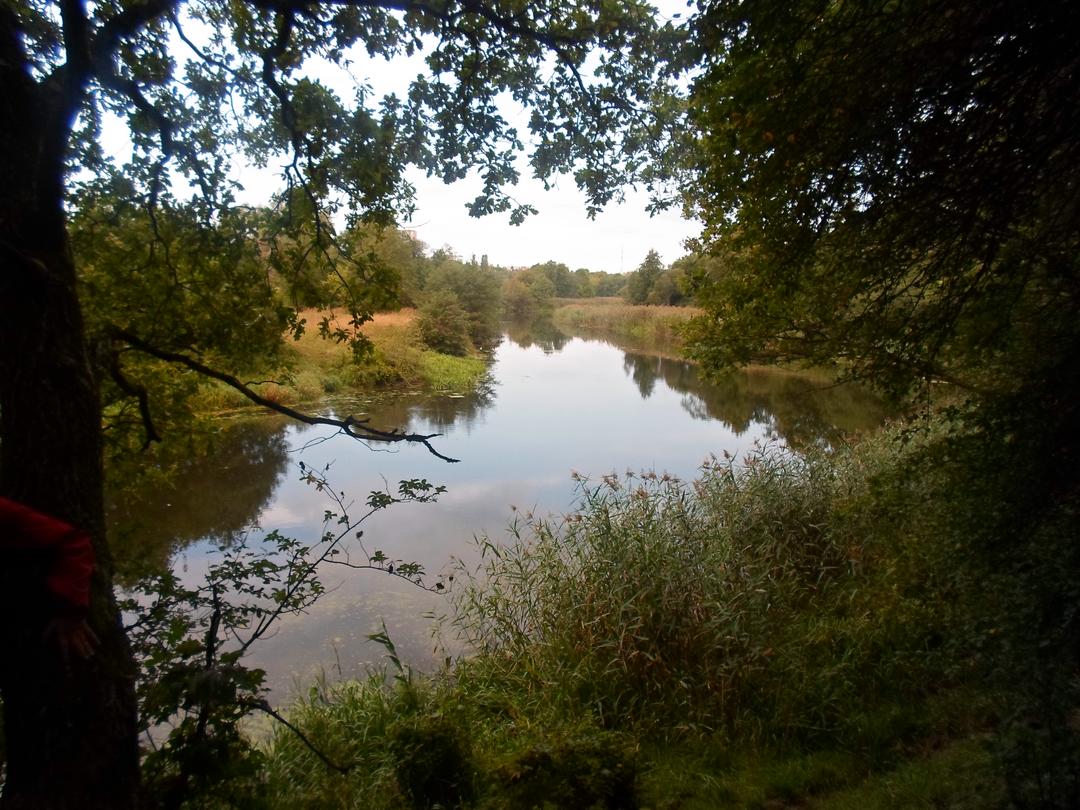The route of discoveries for families: an exciting journey through the history of the kingdom

Our journey starts at Tauralaukis bus stop. Bus no. 14 will take you there. We shall first visit the Tauralaukis Manor. The Tauralaukis Manor (Germ. Kleine Tauralauken) was first mentioned in 1539. In June of 1802, the Tauralaukis Manor was where the famous Prussian King Friedrich Wilhelm III and his wife Louise met the Russian Emperor Alexander I. It was the first meeting between the two nations since the meeting between Friedrich I and Peter the Great. Thus, Klaipėda became the city of royal meetings, which granted it honour and reliability. Historians agree that there was no other meeting between the Prussian and Russian royalty quite like this one as it is believed to be the most long-term and most influential royal meeting in history. The royal family paid several visits to the manor in 1807. Queen Louise and her children would travel by boat via the Danė River.
Next up – we travel downhill, turn left, and enter the former park, where a monument to Queen Louise once stood at the entrance – a stone base, upon which an asymmetric granite plate with a bronze relief of the Queen’s portrait was built. The monument was fenced off with a small iron fence, which was taken down ca. 1960.
For our next destination, we travel down to the Valley of the Danė River, where Queen Louise used to play with her children. Memoirs mention the happiness that the park brought to the princes. They especially enjoyed climbing the tall trees and having a spin on the carousel. Even the youngest princesses, Charlotte and Alexandrine, would find a seat on the carousel and would let the two horses, mounted by William and Frederick, the future rulers of the country, spin them around.
Further down the road towards the bank of the Danė River, we shall find the famous Devil’s Stone of Tauralaukis, well-known for its legends and myths. The Devil’s Stone is a large rock, 4 metres high, 3.5 metres wide, and weighing approximately 50 tonnes. It is a natural heritage of national significance and it protected by the state. This very stone was mentioned as early as 1253 in the chronicles delineating the borders of Memel. Historians associate the Devil’s Stone with the sacrifices that the olden Baltic Tribes used to offer to the gods. We think that this would be a very good time to remember the legends that are prominent in these parts…
As we tread back from whence we came, upward the slope of the Danė River Valley, we shall see the remains of the former Tauralaukis Cemetery.
For those with itchy feet, we suggest walking down the path along the Danė River into the Botanical Garden of the Klaipėda University and to feast your eyes on the magnificent flora and surrounding scenery.
The Length of the Route – 1.5 kilometres. Duration – approx. 1 hour.
For more information about the Botanical Garden and work hours, visit: http://www.ku.lt/bs/.